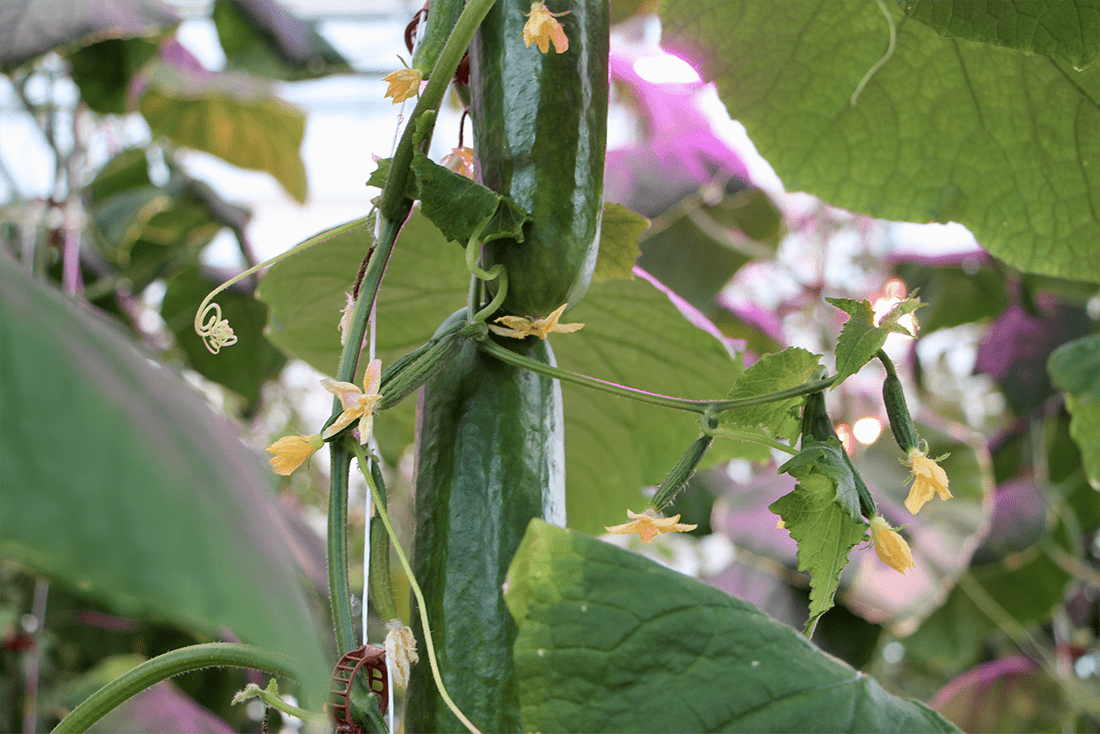
By Karla Garcia
Potassium is recognized as a nutrient required to keep good quality in our plants and fruits. This nutrient has a huge impact on many plant processes due to its function as enzyme activator. Also, potassium has a strong role in stomata opening and closure due to its function as an osmotic regulator.
If we go above the physiological role of potassium in plant physiology and focus on plant production we can learn that potassium has an impact on fruit size, appearance, color, soluble solids, acidity, vitamin content, taste and shelf life. Sounds important right? There is evidence supporting the role of K in fruit juice content, Vitamin C, and resistant to degradation during transport and storage. So we better understand how potassium acts in plants and take proper caution monitoring potassium levels throughout our crop cycle in hydroponic production.
As mentioned above potassium can have an impact in a lot of variables related to fruit quality. Potassium is involved in the generative phase of all crops. In flowering for example we know potassium is used to effectively run processes like pollen germination. If pollen germination cannot be concluded successfully this will directly affect flower formation and by consequence yield.
When a crop is ready to set up some flowers most of the time a change in nutrient balance is required. Usually we will see an increase in potassium when moving from vegetative phase to the generative phase. Our plants need more potassium to create flowers and fruits!
But how do we use potassium in hydroponic nutrient recipes?
Potassium is a cation and plays a role in cation exchange capacity helping to protect anion and cation balance and directly affecting important variables in root zone management for hydroponic systems such as: pH, osmotic pressure and electrical conductivity.
How much potassium is required in fruiting crops and leafy greens?
The quantity of potassium required by different plants will be totally crop specific and could fluctuate between 100 to 300 ppm. In leafy greens we can keep the same potassium levels throughout the cycle, but for fruiting crops it is necessary to increase potassium levels in the generative phase. Here below is an example of potassium levels required for different fruiting crops and lettuce.
| CROP | K (ppm) |
|---|---|
| Tomato | ~300 |
| Cucumber | ~280 |
| Pepper | ~280 |
| Strawberry | ~150 |
| Lettuce | ~300 |
It is important to always keep a good balance in potassium levels used in your formula. If potassium levels are higher than the required levels we could affect the uptake of passive nutrients like Ca and Mg, contributing to several nutrient deficiencies. If potassium levels are in lower levels than recommended you will see a general decrease in dry matter in leaves, stems and roots. If growth is affected then less leaf area will be available for photosynthesis. Also the uptake of passive nutrients will increase. Next phase is when roots start to regulate architecture trying to look for more potassium, which will end up causing reduction of electron transport, creating toxic molecules that will cause chlorosis and necrosis, the most common symptoms of potassium deficiency. Potassium moves from old leaves to new leaves, so first symptoms will take place in older leaves. Usually necrosis and chlorosis start at the leaf margin.
How can I include potassium in my nutrient solution?
There are different types of compounds we can use to include potassium in our nutrient recipes. The most common sources of potassium are:
- Potassium Sulfate
- Potassium Nitrate
- Potassium Phosphate
- Potassium Chloride
Potassium chloride is mostly used to increase potassium when deficiencies occur due to the high levels of potassium included in this compound.
Remember to always keep your plant nutrition balanced and do proper modifications throughout your crop cycle in order to get the best quality and production from your crop!







